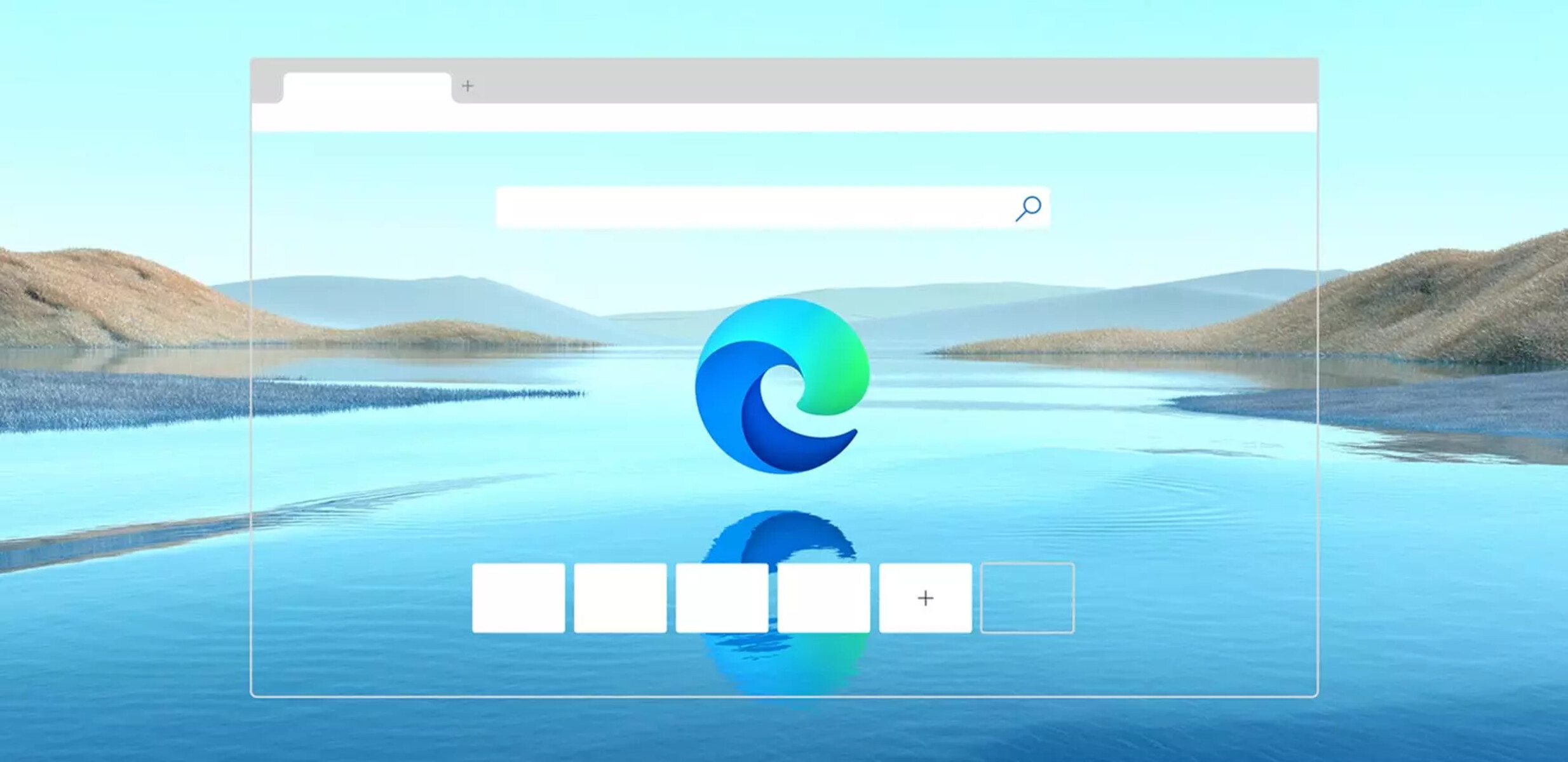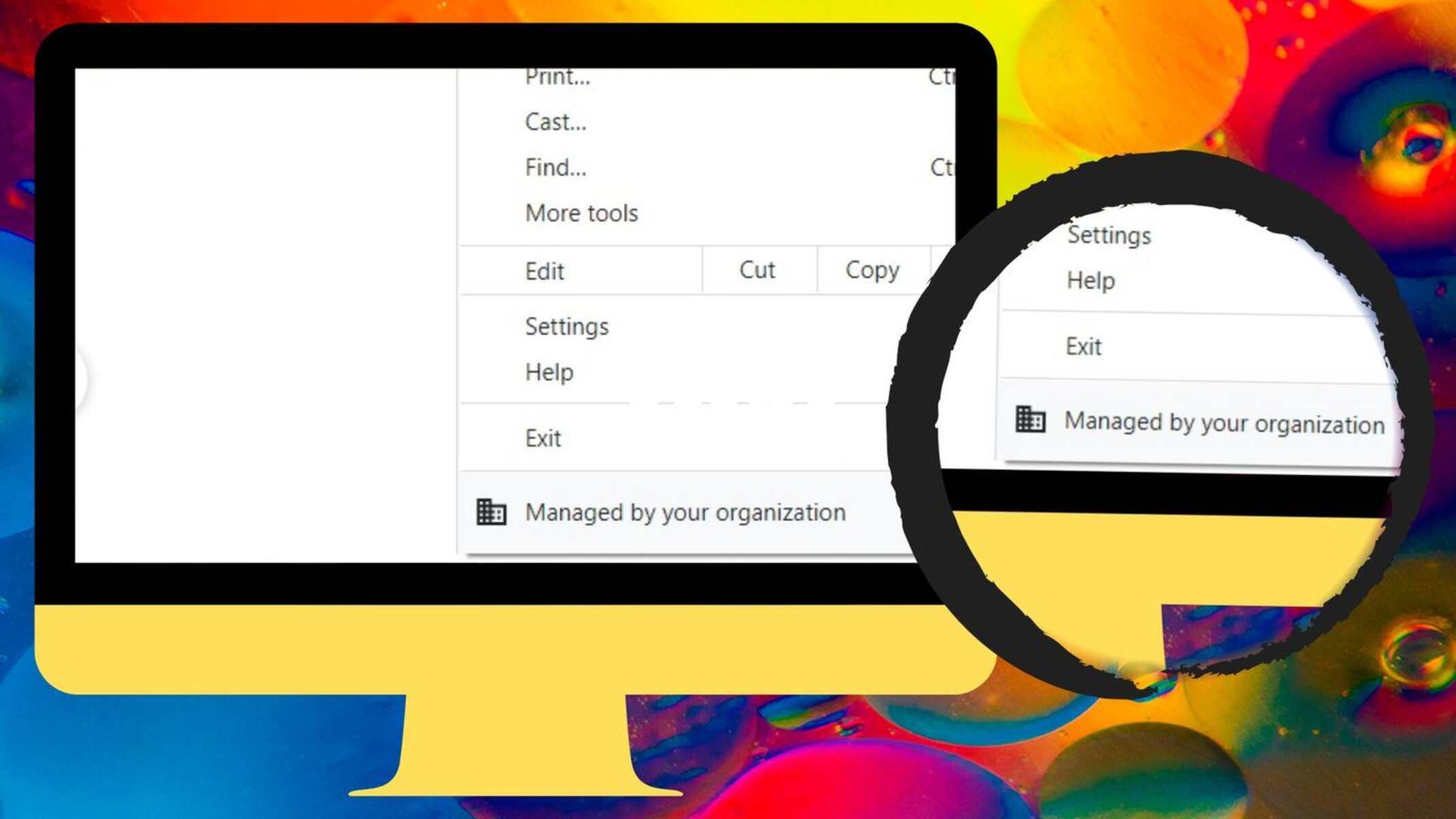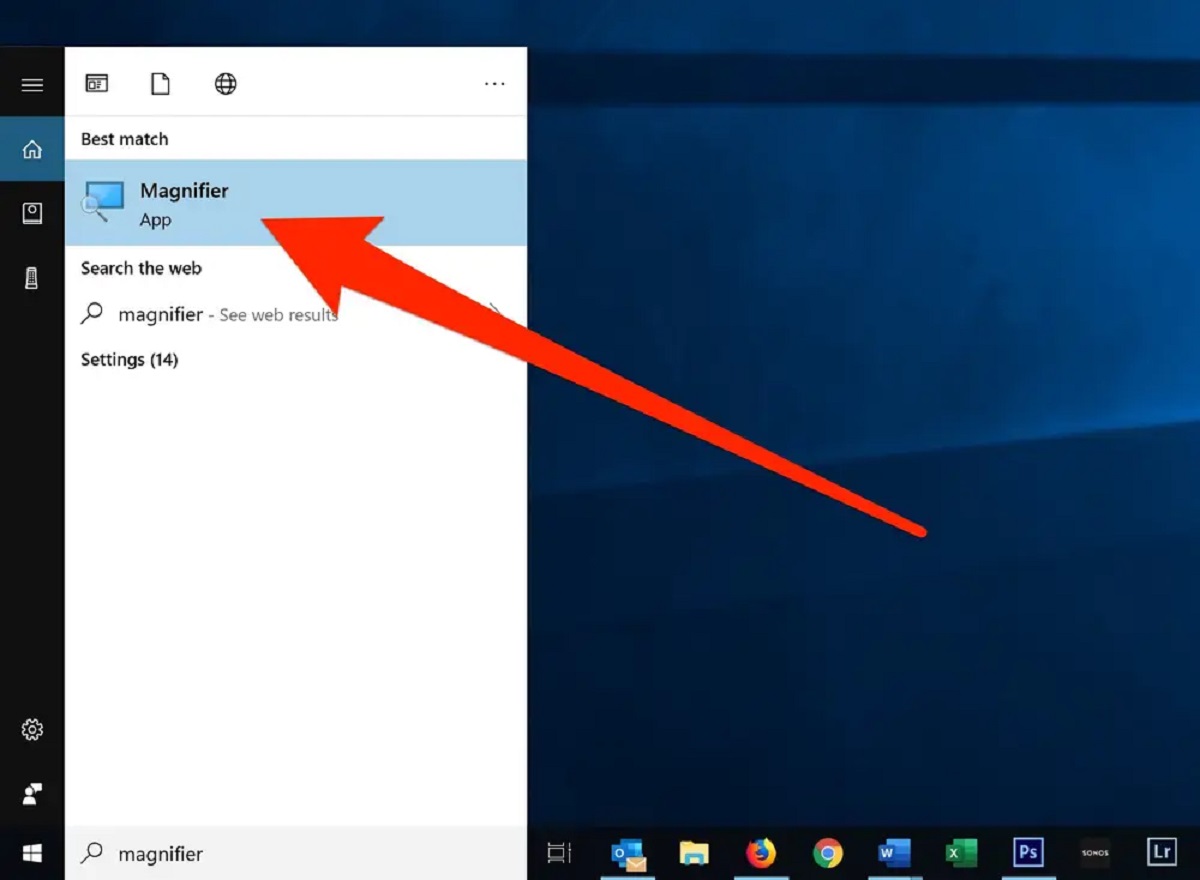Introduction
Resetting your Microsoft Edge browser to its default settings can resolve various issues such as slow performance, unresponsive tabs, or unexpected crashes. It's a simple yet effective troubleshooting step that can help restore the browser's functionality and performance.
Whether you're experiencing glitches, encountering compatibility problems with extensions, or simply want to start afresh with a clean slate, knowing how to reset your Edge browser can be incredibly useful. By doing so, you can eliminate any customizations, temporary data, and potentially problematic settings that might be causing issues.
In this article, we'll explore three methods to reset your Edge browser to its default state. Each method offers a straightforward approach, allowing you to choose the one that best suits your preferences and technical comfort level. Whether you prefer using the browser's settings, navigating through Windows settings, or utilizing the command prompt, you'll find a suitable method to reset your Edge browser and get it back to its optimal performance.
So, if you're ready to troubleshoot and revitalize your browsing experience, let's dive into the step-by-step instructions for resetting your Microsoft Edge browser.
Method 1: Using Edge Settings
Resetting your Microsoft Edge browser using its built-in settings is a convenient and user-friendly approach. This method allows you to restore the browser to its default state without the need for additional software or technical expertise. Here's a step-by-step guide to resetting Edge using its settings:
-
Launch Microsoft Edge: Open the Edge browser on your Windows computer. You can do this by clicking on the Edge icon in the taskbar or searching for "Microsoft Edge" in the Windows search bar.
-
Access the Settings Menu: Once the Edge browser is open, click on the three-dot menu icon located in the top-right corner of the window. This will open a drop-down menu with various options.
-
Navigate to Settings: From the drop-down menu, select "Settings." This will open the Settings panel, where you can manage and customize your browsing experience.
-
Choose Reset Settings: In the Settings panel, scroll down and locate the "Reset settings" section. Here, you'll find the option to "Restore settings to their default values." Click on this option to proceed with the reset process.
-
Confirm the Reset: A confirmation dialog box will appear, asking if you want to reset the browser settings. To initiate the reset, click on the "Reset" button. This action will revert Edge to its default configuration, removing any customizations or changes you've made.
-
Restart Edge: Once the reset process is complete, it's recommended to close and relaunch the Edge browser. This allows the changes to take effect and ensures that you're starting with a fresh browsing environment.
By following these simple steps, you can effectively reset your Microsoft Edge browser using its native settings. This method provides a straightforward way to address performance issues, eliminate customizations, and restore the browser to its default state. Whether you're troubleshooting specific problems or seeking a clean slate for your browsing experience, utilizing Edge's built-in reset feature can help you achieve these objectives with ease.
Method 2: Using Windows Settings
Resetting your Microsoft Edge browser through Windows settings offers an alternative method that can be particularly useful if you prefer managing browser configurations at the system level. This approach provides a comprehensive way to reset Edge while leveraging the native settings within the Windows operating system. Here's a detailed guide on how to reset your Edge browser using Windows settings:
-
Open Windows Settings: Begin by accessing the Windows Settings menu on your computer. You can do this by clicking on the Start button in the bottom-left corner of the screen and selecting the gear icon, which represents Settings. Alternatively, you can use the keyboard shortcut Windows Key + I to open Settings directly.
-
Navigate to Apps: Within the Windows Settings menu, locate and click on the "Apps" option. This will take you to the Apps & Features section, where you can manage and configure various applications installed on your computer.
-
Select Microsoft Edge: In the Apps & Features section, scroll down or use the search bar to find "Microsoft Edge" in the list of installed apps. Once you've located Microsoft Edge, click on it to reveal additional options.
-
Choose Advanced Options: After selecting Microsoft Edge, you'll see an "Advanced options" link below the app's description. Click on "Advanced options" to access specific settings and configurations related to the Edge browser.
-
Reset Edge: Within the Advanced options for Microsoft Edge, you'll find the option to "Repair" or "Reset" the app. Click on the "Reset" button to initiate the reset process. A confirmation dialog may appear, asking if you want to reset the app. Confirm your choice to proceed with the reset.
-
Restart Edge: Once the reset process is complete, it's advisable to close and relaunch the Edge browser. This ensures that the changes take effect and that you're working with a freshly reset browser environment.
By following these steps, you can effectively reset your Microsoft Edge browser using the Windows Settings menu. This method provides a systematic approach to managing and resetting applications at the system level, offering a comprehensive solution for addressing performance issues and restoring the browser to its default state. Whether you prefer managing applications through Windows settings or need to troubleshoot Edge-related issues, utilizing this method can help you achieve your desired browser configuration with ease.
Method 3: Using Command Prompt
Resetting your Microsoft Edge browser using the Command Prompt provides a powerful and efficient method for restoring the browser to its default settings. While this approach may require a basic understanding of command-line operations, it offers a direct and precise way to initiate the reset process. Here's a detailed guide on how to reset your Edge browser using the Command Prompt:
-
Open Command Prompt: Begin by launching the Command Prompt on your Windows computer. You can do this by searching for "Command Prompt" in the Windows search bar and selecting the app from the search results. Alternatively, you can use the keyboard shortcut Windows Key + R to open the Run dialog, type "cmd," and press Enter to launch Command Prompt.
-
Run the Reset Command: In the Command Prompt window, type the following command and press Enter:
start msedge://settings/resetProfileSettings
This command opens the reset profile settings page directly within the Edge browser, allowing you to initiate the reset process from the command line.
-
Confirm the Reset: Once the reset profile settings page is open in the Edge browser, you'll see the option to "Restore settings to their default values." Click on this option to confirm and initiate the reset process.
-
Restart Edge: After confirming the reset, it's recommended to close the Edge browser and relaunch it. This ensures that the browser restarts with the default settings applied, providing a clean and refreshed browsing environment.
By following these steps, you can effectively reset your Microsoft Edge browser using the Command Prompt. This method offers a direct and command-line-based approach to initiating the reset process, providing a precise way to restore the browser to its default state. Whether you're comfortable with command-line operations or prefer a streamlined method for resetting Edge, utilizing the Command Prompt offers a powerful and efficient solution for managing your browser configurations.

























